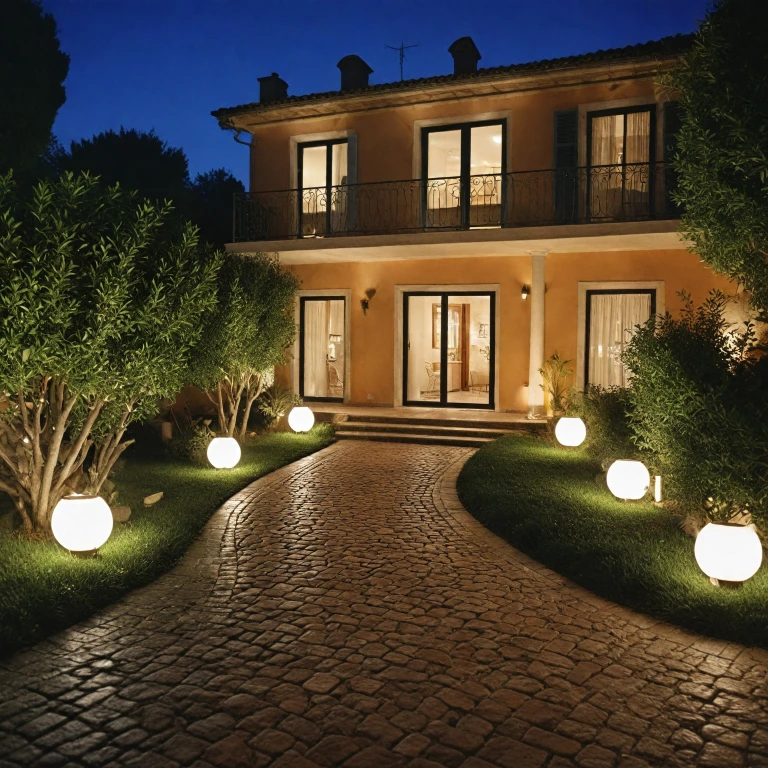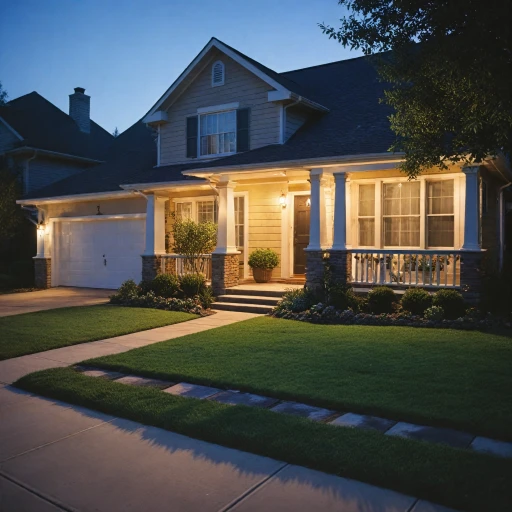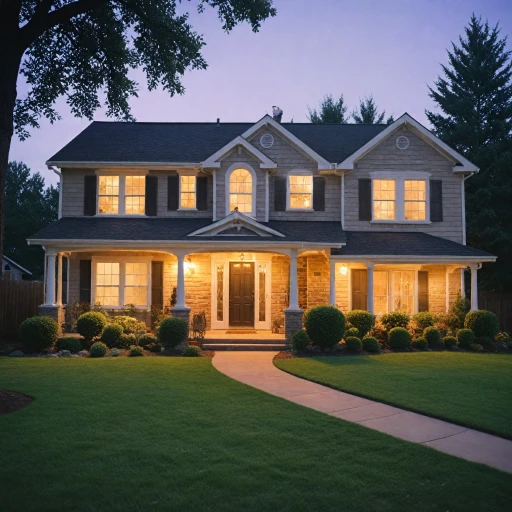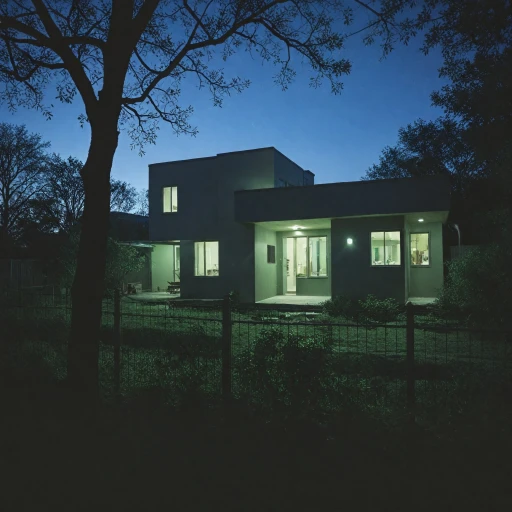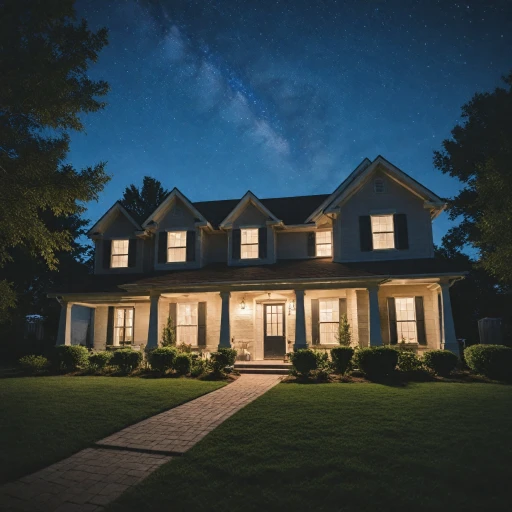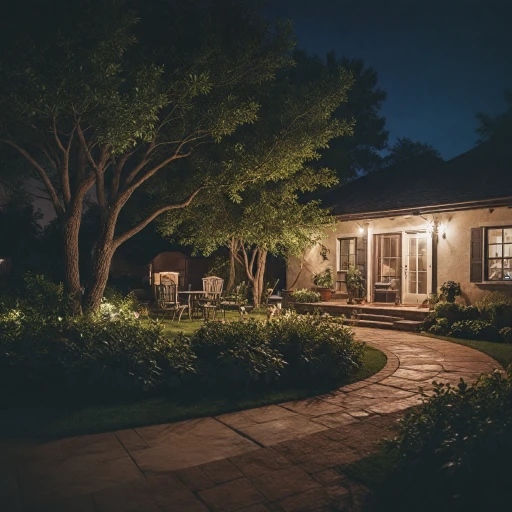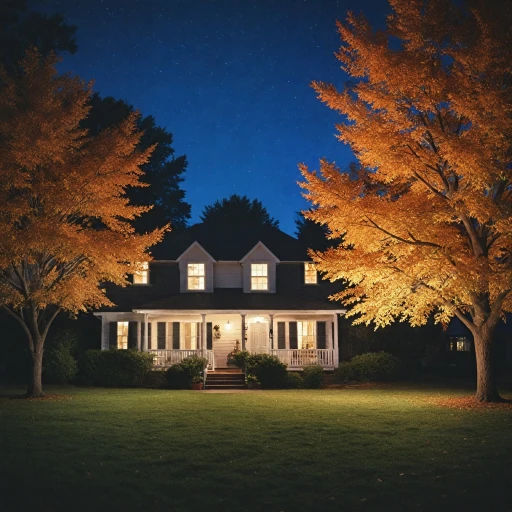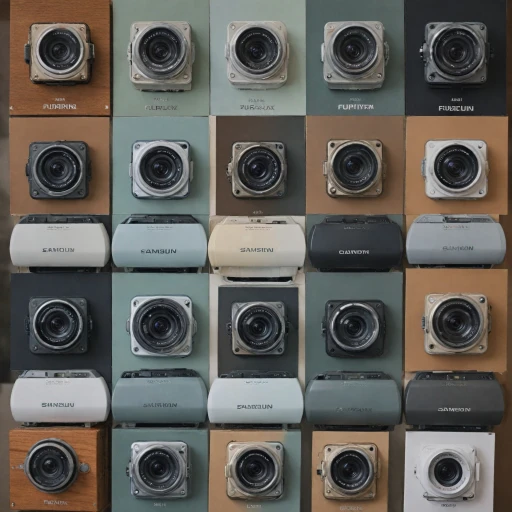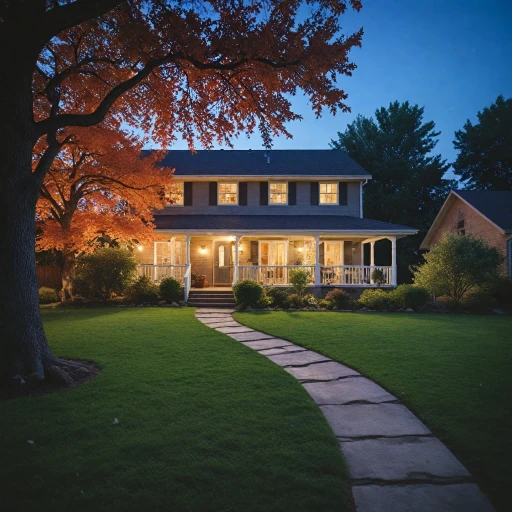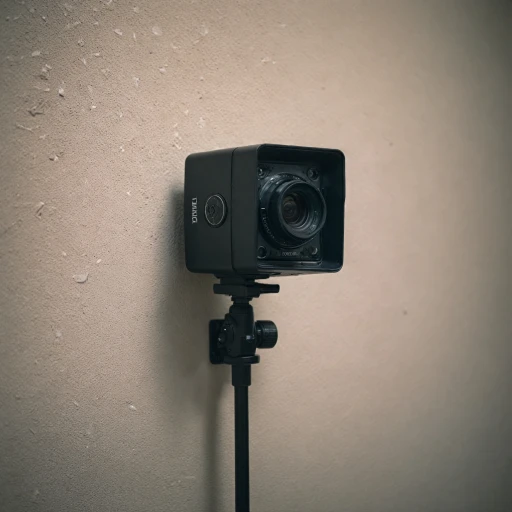Understanding Motion Sensor Technology in CCTV Cameras
Unveiling the Basics of Motion Detection Technology
Motion sensor technology has revolutionized the way security cameras operate, particularly in residential settings. At the core of this innovation lies the ability of cameras to detect and respond to any movement within their field of view. This is particularly useful for an outdoor camera, like a floodlight camera, where sensitivity to motion is crucial for enhanced protection. Motion sensor cameras often utilize infrared sensors to pick up on any changes in the environment. These infrared sensors work by detecting the heat signatures emitted by living beings or objects in motion. When movement is detected, the camera either begins recording or sends alerts through smart systems, such as an app on your smartphone. This ensures that you are immediately aware of any unusual activity around your home.How Motion-Activated Cameras Stand Out
Motion-activated security cameras are equipped to handle various conditions, ranging from daylight to low-light environments. Most cameras today offer night vision capabilities, allowing for clear visibility even in complete darkness. Some systems provide color night vision, giving you enhanced detail in their recordings. Night vision technology combines well with motion sensors, ensuring your camera performs well regardless of lighting conditions. For an in-depth understanding of how night vision works in CCTV systems, you can explore more about infrared light technology.The Role of Connectivity and Integration
Modern motion sensor cameras are often integrated into smart home systems. These cameras can be linked with devices such as Amazon Alexa or Google Assistant, allowing for hands-free control. Such integrations offer a streamlined and convenient approach to managing your home’s security. Through WiFi connectivity, these cameras can store footage on cloud storage or internal memory based on the camera's infrastructure.Adapting to Different Environments
When choosing a camera, it’s essential to consider whether it is suited for outdoor or indoor use. Outdoor security cameras must withstand weather extremes, and many are battery powered to negate the need for continuous electricity sources. Overall, understanding motion sensor technology is a vital step in maximizing your home security system. Each component, from motion detection to smart home integration, plays a significant role in ensuring comprehensive surveillance.Benefits of Using Motion Sensor CCTV Cameras at Home
The Value of Motion Sensor CCTV Cameras for Your Home
Opting for a motion sensor CCTV camera enhances your home security by actively monitoring movement. These cameras activate recording only when motion is detected, saving on battery usage and cloud storage space, making them a cost-effective choice. Let's delve deeper into how they can elevate your home security network.- Reduces False Alarms: Traditional security systems might trigger false alarms due to animals or other minor movements. Motion sensor cameras better filter such movements, prioritizing significant activities.
- Conserves Resources: By only recording necessary footage, these cameras use less power, extending the lifespan of battery powered setups and saving on monthly storage costs.
- Efficient Alerts: Modern systems can notify homeowners via apps like Nest Cam or Alexa Google, ensuring real-time updates.
- Versatile Applications: Perfect for both indoor and outdoor use, these cameras provide a tailored security solution aligned with your specific needs.
- Enhanced Night Vision: Some models boast color night vision, amplifying security beyond daylight hours and deterring potential intruders.
Choosing the Right Motion Sensor CCTV Camera for Your Home
Key Considerations for Selecting the Ideal Motion Sensor CCTV Camera
When it comes to upgrading your home security with motion sensor CCTV cameras, opting for the right system involves several essential considerations. Here's what to keep in mind:- Camera Type and Features: Consider whether you need an outdoor camera or an indoor cam. Look for features such as night vision, motion-activated recording, and auto-tracking capabilities to maximize your security.
- Resolution and Video Quality: High-resolution cameras, like a Nest Cam, offer clearer and more detailed video. Ensure the camera provides color night vision for accurate detection at night.
- Power Source: Decide between wired and battery-powered options. Battery-powered systems offer flexibility in placement but might require more frequent maintenance.
- Connectivity and Compatibility: Select a system that syncs with your other smart home devices. Cameras with wifi capability enable remote management and often integrate with systems like Alexa Google.
- Cost and Value: Weigh the price against the features you require. Top pick brands like Lorex and cameras available on Amazon often provide comprehensive packages at competitive prices.
- Storage Solutions: Determine your preference between local storage and cloud storage for video recordings. Some security cameras offer both options, depending on your privacy needs.
Installation Tips for Optimal Performance
Steps to Ensure Your Camera Functions Optimally
When it comes to setting up your motion sensor CCTV cameras, focusing on installation can significantly impact their efficacy in ensuring security. While these devices promise to enhance home safety with features such as motion detection and night vision, the way they are installed can dictate their performance.
Choosing Optimal Locations
For outdoor security, it's crucial to place cameras in locations where they can fully utilize their motion detection capabilities. Typically, entry points like front and back doors, garage areas, and the perimeter of your home are strategic positions. Motion-activated outdoor cameras, such as the floodlight camera or hidden camera options, should cover wide fields of view, reducing blind spots and maximizing coverage.
Maximizing Connectivity and Power
While battery powered and wifi-enabled cameras like Nest Cam and Lorex offer flexibility in placement, ensuring a strong wifi connection is essential for uninterrupted video streaming and effective motion alerts. For smart security systems that sync with Alexa and Google, seamless connectivity enables instant alerts and control via apps, reinforcing your home’s security measures.
Adjusting Motion Detection Settings
Many smart cameras allow you to customize motion detection zones and sensitivity levels through their app. This personalization helps reduce false alarms triggered by non-threatening movements like trees or small animals. Moreover, features like auto tracking and pan-tilt capabilities in tracking PTZ cameras can follow movement across the property, offering enhanced surveillance.
Ensuring Proper Night Vision
Investing in cameras with advanced night vision technology ensures clear footage even in low-light conditions. It's wise to opt for color night vision cameras, which provide detailed imagery at night, contributing to more effective security coverage. Pairing these with IR illuminators can significantly elevate night-time observation.
Maintaining Equipment
Regular maintenance, including cleaning lenses and checking for updates on the camera systems, ensures continuous optimal performance. Additionally, periodically test the functionality of motion sensors and battery levels, particularly in battery-powered cams, for uninterrupted operation.
Common Challenges and How to Overcome Them
Overcoming Common Challenges with Motion Sensor CCTV Cameras
Integrating motion sensor technology into your home's security infrastructure is a powerful way to enhance safety, but it's not without challenges. Here’s a quick guide on how to navigate these issues effectively.
- False Alarms: One of the most common issues is false alarms triggered by non-threatening motions such as swaying trees or passing cars. To address this, it's essential to fine-tune the camera's motion detection sensitivity and set up motion zones where necessary. Many systems, like the Nest Cam, offer this customization through their apps.
- Battery Life Concerns: For battery-powered cameras, frequent alerts can drain the battery quickly. Opt for cameras with energy-efficient technology or those that come with solar panel options like some of the smart security systems available on Amazon.
- Weather Conditions: Outdoor security cameras are often exposed to harsh weather conditions, which can affect performance. Choose models that are weather-resistant, and ensure the installation protects them from the elements to maintain optimal function.
- Integration with Other Systems: To ensure seamless operation, it's crucial that your motion sensor cameras integrate smoothly with existing smart home systems like Alexa or Google Assistant. This compatibility allows for streamlined control and the ability to view feeds or receive alerts in real time.
- Video Storage and Privacy: Concerns about cloud storage and data privacy can be mitigated by selecting systems that offer secure encryption and allow local storage options. Lorex, a trusted name in security cameras, often provides features that enhance data security.
By being proactive and addressing these challenges, you can enhance the efficiency and reliability of your motion sensor CCTV camera systems, ensuring your home's security remains vigilant and dependable.
Future Trends in Motion Sensor CCTV Technology
Emerging Innovations in Motion Sensor CCTV Technology
The world of motion sensor CCTV cameras is steadily progressing, driven by an ever-growing emphasis on home security. With advances in technology, several exciting trends are set to redefine how we perceive and utilize these cameras.- Enhanced AI and Machine Learning: As artificial intelligence (AI) continues to evolve, motion sensor cameras are becoming smarter. By incorporating AI, cameras can distinguish between humans, animals, and vehicles, reducing false alarms. Cameras like Nest Cam utilize machine learning to adapt to the environment, offering more accurate motion detection.
- Improved Night Vision and Low Light Performance: Night vision capabilities are being enhanced with new technologies like color night vision and infrared LEDs. This advancement enables better video clarity in low-light conditions. A reference to enhancing security with infrared lighting can be noted for optimizing night vision.
- Battery and Solar-Powered Options: The shift towards battery-powered and solar-powered cameras offers more flexibility in camera placement, especially for outdoor security. These options eliminate the need for complex wiring, making installation easier and more efficient.
- Seamless Integration with Smart Home Systems: With the popularity of smart security solutions, motion sensor cameras are increasingly compatible with systems like Amazon Alexa and Google Home. This integration allows for voice commands and customized alerts, enhancing user experience and control.
- Advanced Auto Tracking and PTZ Capabilities: Cameras with pan, tilt, and zoom (PTZ) features are becoming more sophisticated, providing dynamic tracking of suspicious activities. Auto tracking technology enhances surveillance by following movement across the camera's field of view, ensuring no crucial moment is missed.
- Cloud Storage and App Connectivity: The trend towards cloud-based storage solutions offers a secure and convenient alternative to local storage. Coupled with mobile app connectivity, users can access live video feeds and past recordings from anywhere, ensuring peace of mind.
